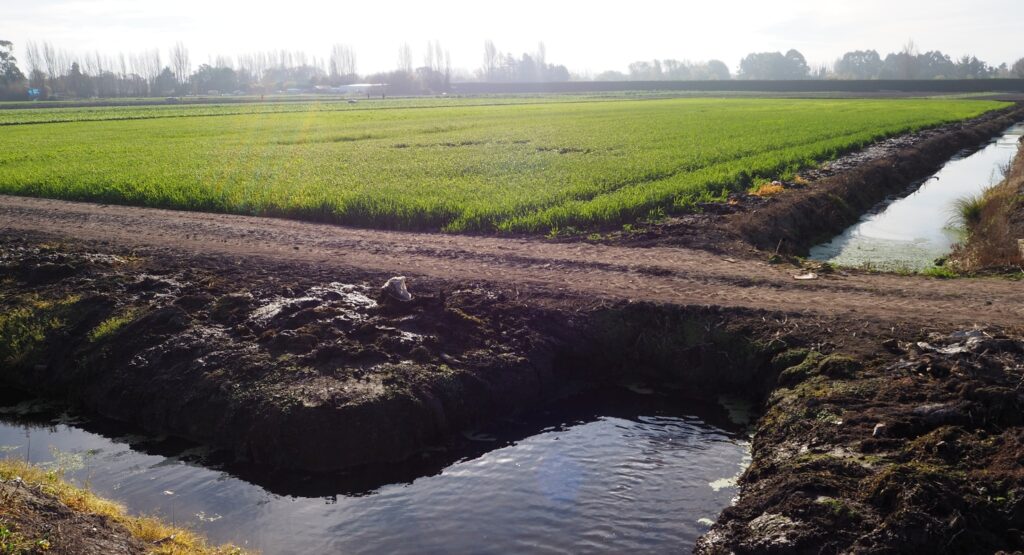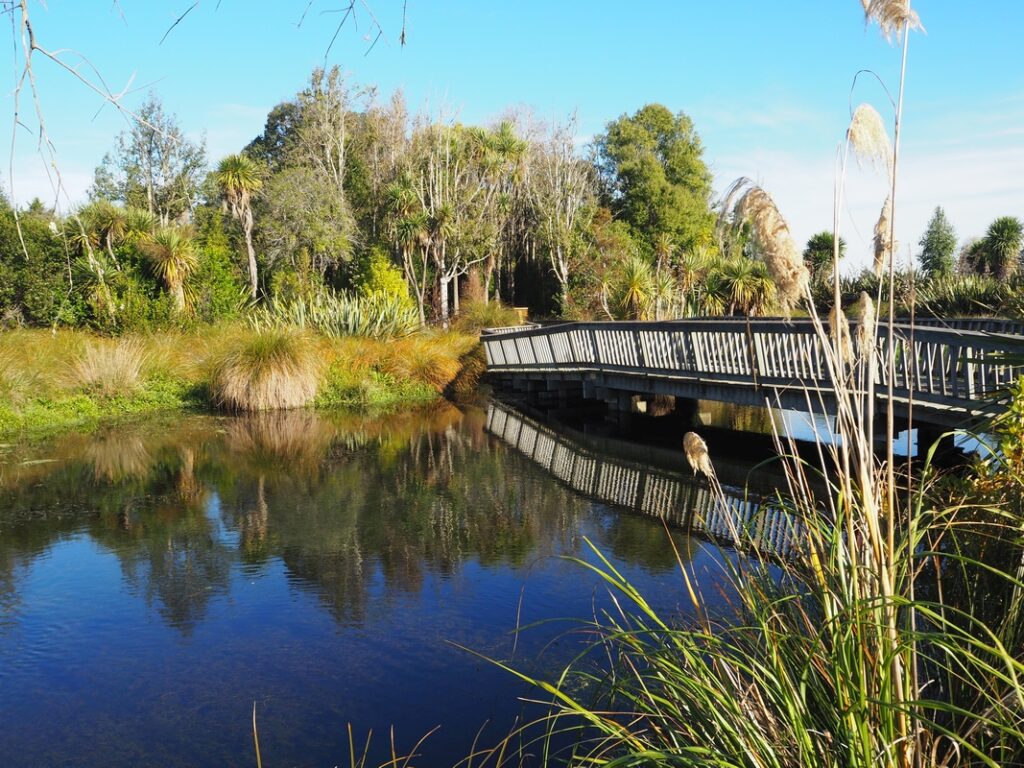A Swamp’s Gentle Reminder
Marshland in Christchurch got its name for a reason that the first Polish settlers in the area knew too well. In 1874, when the first Poles arrived there, the swamp was still home to trees and shrubs that thrived among the wetland’s flaxes and reeds.
Marshland today obviously looks nothing like it did 150 years ago, but there is one section off the northern tip of Marshland Road that gives one a feel for what those first settlers faced: the Ōtukaikino Reserve.


The reserve is tucked under the tip of the triangle that SH1 and SH74 make before joining at Chaneys to become Christchurch’s northern motorway.
The muffle from the elevated roads followed me as I walked around the reserve earlier this month—five years after my first visit—but I know that soon, the specimen trees will completely shut out the outside world. As I walked, I wondered at the strength and resilience that the first settlers to this region must have had, to have tamed such land.
Among those settlers were Poles who had arrived in Lyttelton in 1872. They been working mostly in Pigeon Bay and Holmes Bay on the Banks Peninsula, when an owner of part of the swamp, Edward Reece, found them two years later and offered them land leases of £1 an acre for five- and 10-acre blocks, which they could repay over 30 years.
Several of the Poles moved north with their families. To them, the offer of leasing land was gold. Any of them who had had land historically, had long lost it under Poland’s Prussian-partitioning. They had managed to leave the Prussian oppression only thanks to the Vogel government’s scheme designed to encourage labourers—much-needed in the new colony in the 1870s—to emigrate by loaning the £5–£8 cost of their sea passages.

The lucrative but seasonal cocksfoot grass-seed industry on the Banks Peninsula helped them repay that debt, and they may have been ready to take on other employment, especially when it came to land.
I wonder how much they understood of Reece’s offer? I like to believe that the developer found an interpreter. Even if there were no Polish-English translators, there were German-English speakers, and the Poles had learnt German under the years of partitioning.
What would any of the new settlers have thought when they first saw what they were up against?
Breaking in that land meant digging drains. An 1856 map by Ken Silby showed Christchurch’s swamps and vegetation, but the Marshland area was depicted generally as “Swamp raupo tussock & flax” with a “shaking tutu bog” to the south.
The drainage was just the first step. It led to the land’s subsiding and revealing previously immersed kahikatea, mataī, ribbonwood, totara, and mānuka, which then had to be removed.
Many a cow, sheep, horse, and even trailers and implements drowned in the process, but eventually that land became the market gardens that sustained the growing city, and when the Poles were in the position to buy the land freehold, they found that the improvements they had made had increased its value well over the original price.

Ngāi Tūāhuriri Rūnanga suggested the 13 hectare freshwater wetland as a suitable site for the Ōtukaikino Reserve, and it has been operating as a joint venture between the Department of Conservation and Lamb & Hayward funeral directors since 1992. These days, the Friends of Ōtukaikino meet every month to plant and maintain the reserve.
The original swampland has long been tamed, but for anyone wanting to experience a smidgen of what the early settlers found, the reserve is well worth a walk around. Just stick to the paths: the swamp is still capable of inhaling the unwary.

—Barbara Scrivens
31 May 2022
_______________
Find a fuller story on Marshland: The place where flax grows profusely at: https://polishhistorynewzealand.org/marshland/
If you would like to comment on this post, or any other story, please email editor@polishhistorynewzealand.org/
